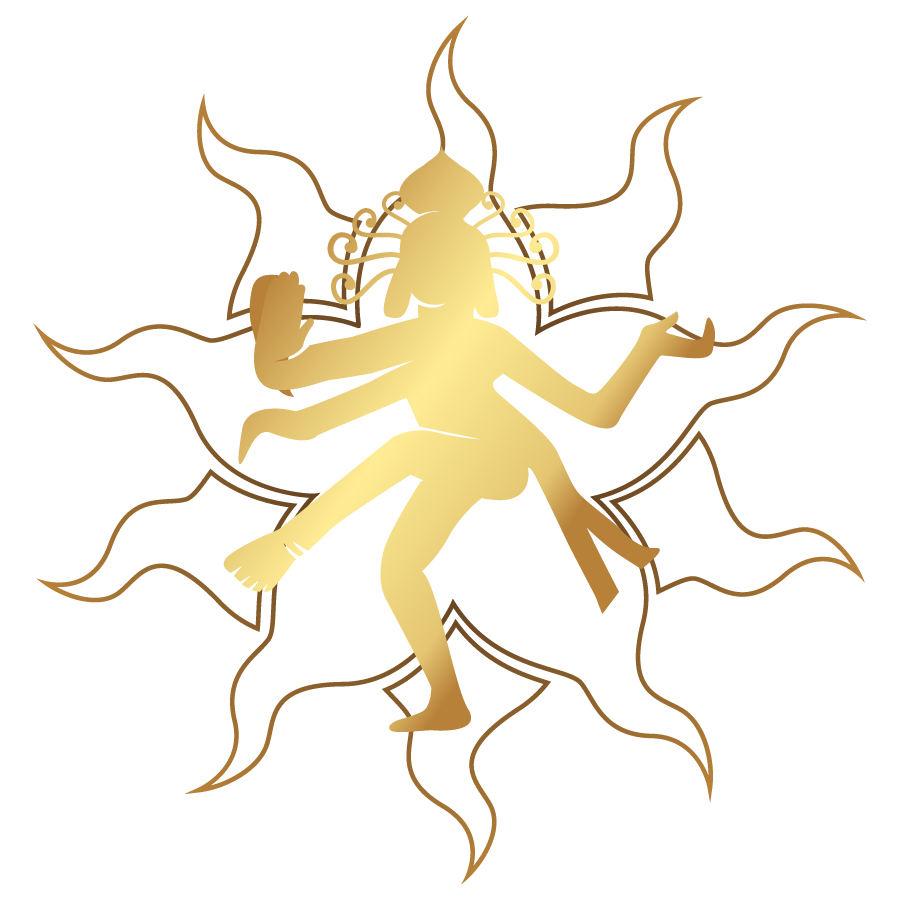
A few basics of Barathanatyam
Bharatanatyam, known as “the dance of the goddess,” is believed to have originated in Tamil Nadu and is one of India’s most significant classical dance styles.
Bharatanatyam has been practiced in India’s royal courts and temples since ancient times, mostly in southern India portraying Hindu religious and spiritual traditions.
Several second-century CE Tamil epics characterize Bharatanatyam as the most divining art form that existed in ancient times. By the middle of the first millennium CE, Bharatanatyam had evolved into a highly refined art form as demonstrated by 6th to 9th-century sculptures and carvings.
The perming basics of Bharatanatyam have three carefully structured segments known as ‘Nrita’ (pure dance), ‘Nritya’ (solo expressive dance), and ‘Natya’ (holistic dance).
There are several varying elegances found in performing Bharatanatyam that is collectively referred to as ‘Bani.’ This term translates to the technique and style of dance that is specific to a particular guru or school.
Benefits of learning Bharatanatyam
Bharatnatyam is a classical dance form that is beneficial in many ways including enhancing mental and physical strengths. Classical dance has made a place not only in India but also in many western cultures due to its benefits to the body, mind, and soul.
- Boosts flexibility and concentration The constant movement of bodily components and facial expressions requires tremendous physical flexibility and deep concentration to convey a message or a story articulating the feeling and emotions of the character.
